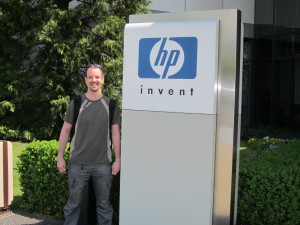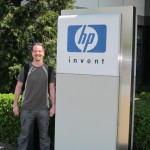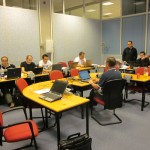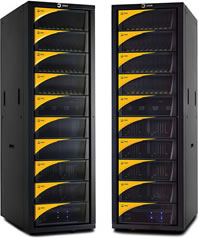I’m a bit behind, but Veeam have released version 5.0.2 of its rather excellent Veeam Backup & Replication product. Not a major release, and some minor new features, but it does fix some outstanding issues its had:
- Internet access from virtual lab. SureBackup virtual labs now provide an optional internet access from fenced-off environment. This enables using On-Demand Sandbox for additional use cases, such as more streamlined patch or software upgrade testing. Internet access is disabled by default, and must be configured through new registry parameters on the Veeam B&R server.
- Automated retention for removed and deleted VMs. Data belonging to removed or deleted VMs will now be automatically cleaned up from backup files according to new UI retention setting in days. Previously, it was necessary to remove such VMs from backup manually to explicitly confirm that VM data is no longer needed
- Optional catalog import. Guest file system catalog import was made optional to reduce the time required to import backup in cases when importing catalog data is not required. The corresponding option has been added to the Import Backup dialog.
- Date Modified attribute preservation. Instant file level restore for Microsoft Windows guests now preserves Date Modified attribute on all restored files
- Microsoft Windows Storage Server support. You can now install backup server and Enterprise Manager servers directly on your Microsoft Windows Storage Server.




















